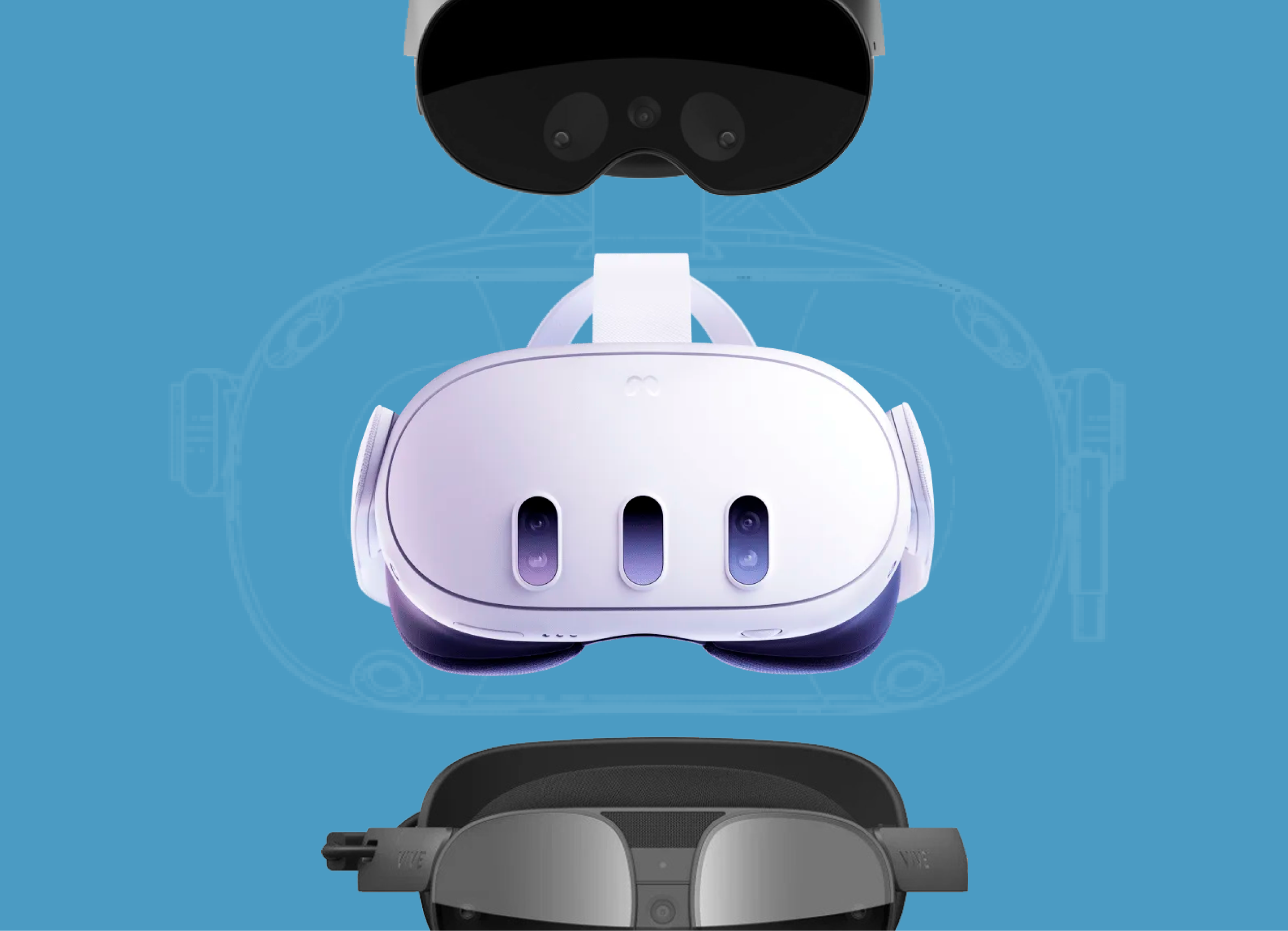
What is AR and VR?
Augmented Reality (AR) is a technology that enhances or augments your experience of the world around you, using devices such as smartphones, glasses, projectors etc.
Virtual Reality (VR) is a technology that makes a person feel like they are somewhere else. It uses software to produce sensations to make users feel like they are apart of this other place. User needs to use devices, such as special glasses with a screen or/and gloves fitted with sensors.
Here are 6 Industries where Virtual and Augmented reality is being actively used besides gaming:
1. Sports
By putting on a VR headset an athlete can feel like they are located in a real-life game setting. The feeling of “realness” can allow them for more training and simulate exact situations that require additional practice.
Demo of our work
2. Supply Chain
Warehouse Planning
Using Mixed Reality to “field test” modifications
Transportation Optimization
Capture pallet numbers and volume using object recognition. Automated confirmation of pick-up/delivery by AR after the correct number of parcels is recognized
Freight Loading
Loader receives a plan and instructions on pallet order and placing directly on their AR device display
Parcel Loading & Drop-off
Through AR, all parcels are overlaid with custom information such as weight, contents, destination etc.
Staff Safety and on-job training
3. Educational industry
VR and AR technology helps students concentrate on what is in front of their eyes, they are being ‘forced’ to interact with their studies and exclude any potential side distractions. This is making the books, lectures and exercises more immersive and engaging. That way they are becoming a better solution for seizing students’ focus and attention.
Demo of our work
4. Architectural design & construction
VR is making solving complex structures more efficient. Now it is possible to determine whether a given structure is practically possible or not, making projects more robust and accurate. Today it has also become common in modern cities to take a tour of homes using VR equipment. VR allows you to step into architectural designs not just by seeing a paper blueprint, now feel the environment in the 3D model. AR in construction allows combining designs with the physical job site.
5. E-commerce and Retail
AR allows customers to preview and experience products any time from any environment, before making a purchase. In 2020 retailers are venturing into the virtual world. There, a shopper can walk through a virtual store and look at goods as they would in real life. Businesses can now run shops and ship products to customers without actually owning any physical space.
Demo of our work
6. Healthcare
AR apps are being used for a variety of tasks, from enabling surgeons to peer inside a patient’s body without making large incisions to helping patients by identifying their symptoms. VR has also proven useful in diagnosing, treating, and easing the symptoms of autism depression dementia, phobias, psychiatric disorders.
Mariia Kalashnyk, Qualium Systems, Business Development Manager
Those who adapt to new technologies and take advantage of them earlier are more likely to succeed. Would you like to get ahead of the competitors? Do you need to develop VR or AR-based software?



